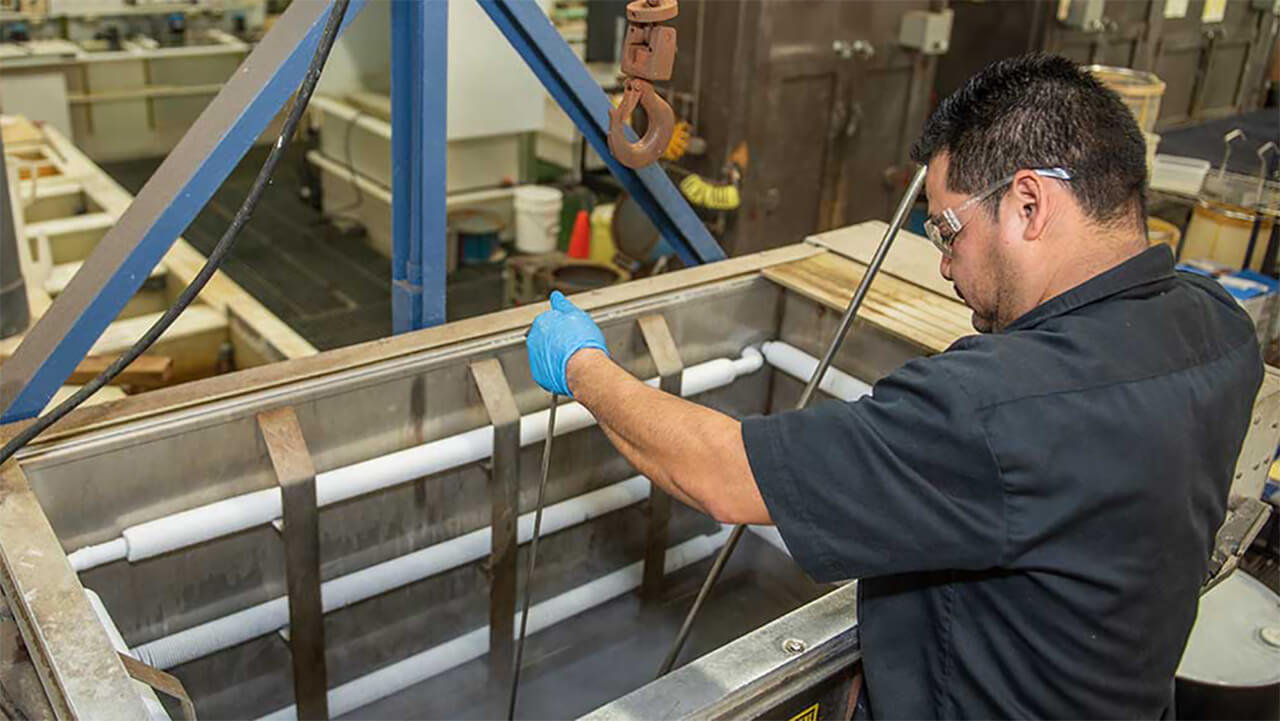In addition to water, other chemical solvents are often added to cleaners to boost performance. i.e. 2-Butoxyethanol (butyl), isopropyl alcohol (rubbing alcohol) and d-Limonene. Their main function is to liquefy grease and oils or dissolve solid soil into very small particles so surfactants can more readily perform their function.
In the traditional approach for cleaning in API industries, same solvent is used for cleaning which is used during the synthesis. As the solubility of this solvent is more for that API compare to other solvent. The most widely used cleaning solvent in the industry i.e. methanol, acetone, dimethyl formamide and ethyl acetate.
Advantages of organic solvent cleaning
- The API is usually soluble in the organic solvent.
- The solvent may be readily available and routinely used in the manufacturing process.
- Solvent residue analysis is simple, and may be unnecessary if the cleaning solvent is the same as the process solvent in the next batch.
Disadvantages of organic solvent cleaning
- Residues other than the active ingredient i.e degradants, byproduct may be soluble in the cleaning solvent if they are present on the surface.
- The traditional approach of refluxing is time consuming.
- As the solvent evaporates the residue also has the potential to redeposit on surfaces
- Discarding large amount of cleaning solvent can be issue.
- Solvent can be recovered which add to overall cost of manufacturing.
Builders
Builders are used as an alternative to chelating agent which effectively reduce the cost of the formulating detergent. i.e. Phosphates, Sodium Carbonate
Advantages of builders
- Added to cleaning compound to upgrade and protect cleaning efficiency of the surfactants.
- Having number of functions like softening, buffering, and emulsifying.
- Builders soften water by deactivating hardness minerals (metal ions like calcium and magnesium.
- Builders also provide a desirable level of alkalinity (increase pH), which aids in cleaning.
- Builders are also act as buffers to maintain proper alkalinity in wash water.
Typical Cleaning Cycle Description
If the product residue is the buffer or salt which are easily soluble in hot water, the cleaning can be done with only water rinses. The cleaning will be done with pre-determined number of rinses or can be done during the validation.
If the product is biological compound, then the cleaning cycle has to consist of pre wash, alkali, acid and final rinse of WFI. The cleaning cycle will consist of one or more of these steps, not necessarily the sequence mentioned below,
Pre Wash
- The pre wash can be with hot and cold rinse highly depend on type of residue
- The pre-wash helps to get rid of some of the material which are more soluble in Purified water or Water for injection i.e. residual sugar, salts
- If the protein is used, the Pre wash should be given with ambient temperature, as hot temperature will denature the protein and will stick to vessel surface which will become difficult to clean later
- Can be send to drain directly without recirculation
Alkali Wash
- The alkali is supplied with feed pump till the set point reaches supply tank
- Detergent solution can be heated by passing through heat exchanger
- Recirculated for specified amount of time then to drain
- Dissolves the residue which are not cleaned by Pre wash
Post Alkali Wash
- All transfer lines and vessel should be washed with hot WFI or PW
- To clean the alkali traces after the alkali wash
- Can be used in recirculation or send to drain directly
- Temperature is raised with use of heat exchanger supplied with steam.
Acid Wash
- Useful to remove specific residues which are not cleaned by alkali and WFI rinses i.e. protein residue are more soluble in acid than in alkali
- The acidic wash can be given with mild heating, as it is observed foam formation at hot temperature during acid washes
- Can also be used a neutralization after the alkali wash
- Recirculated for specific amount of period and then send to drain
Final Rinse
- Final rinse will be given till the final rinse conductivity equivalent to WFI or as per the set point given
- The temperature can be ambient or at 70-80 ?C, to clean the remaining final traces of acid
- Final rinse can be once through or drain intermittently
Air Flushing for Storage
- Air flushing can be used after each wash or after final rinse only
- Used for removal of trace WFI or PW from cleaned vessel and transfer lines
- Used to dry the system
- If possible every cleaning cycle should end with this step, for better cleaning.
Typical Cleaning Cycles for Systems
The cleaning cycles are custom designed as per design and structure of the equipment to be cleaned. All vessels, fermenters, centrifuges can be cleaned with same cleaning cycle.
Fermenter
For cleaning of the fermenters the cleaning cycles involves Pre wash, alkali wash, post alkali wash, acid rinse, final rinse till the set conductivity reaches. Air blow can be given in between stages, every cleaning cycle should ends up with air blow as to dry the fermenter.
Ultrafiltration System
The ultrafiltration system consists of ultrafiltration cassettes, Holding tank and skid. The cleaning of the tank and skid can be done separately, or done altogether as per the cleaning cycle development.
The ultrafiltration cassettes used during process are depyrogenated first with 2-4% of Alkali and then stored in 0.2-0.5% of alkali till the next usage.

